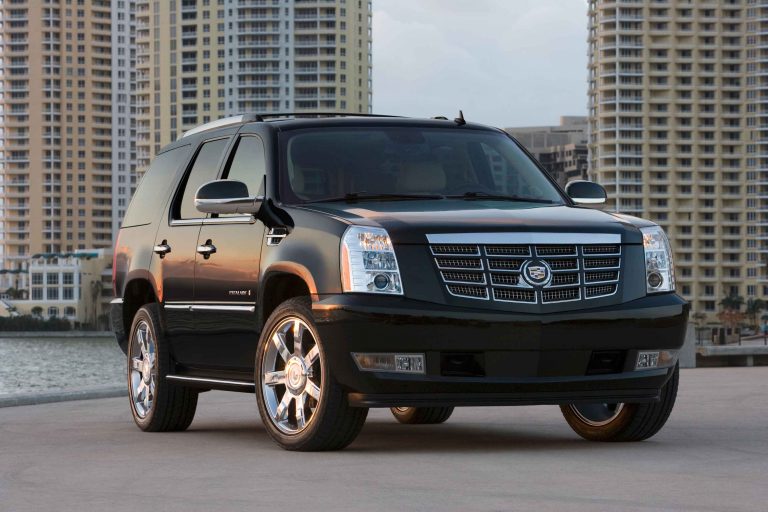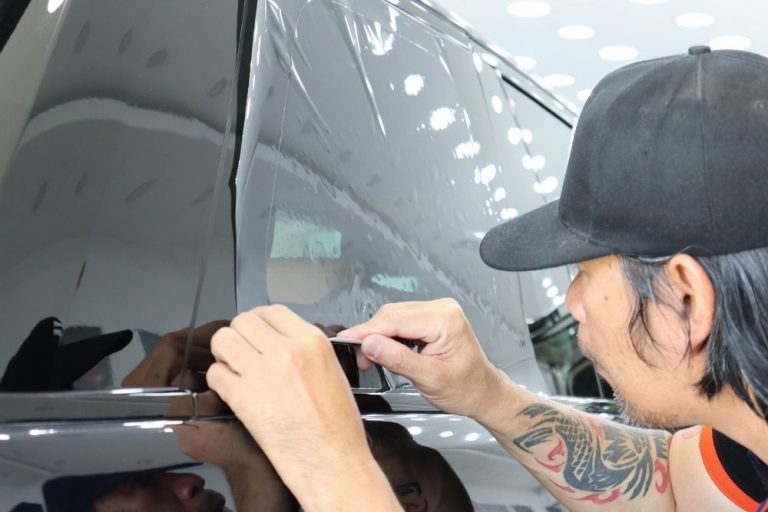What Is Porsche ADM: How It Works
If you are a Porsche enthusiast, you have likely wondered what the Porsche ADM is. And no, it’s not the added-dealer markup! If you have heard of Porsche’s Active Drivetrain Mounts (ADM), you likely have some idea about what it does.
This technology is designed to make your driving experience smoother, faster, and much more comfortable overall.
In this short and sweet blog post, we’ll take a closer look at how Porsche ADM (Active Drivetrain Mounts) work and how they have a profound impact on handling and comfort (as well as performance to a degree).
Plus, we’ll give you an idea of how we think this technology might change slightly in the near future. So, let’s dive right in and find out what Porsche ADM is really doing behind the scenes to make your driving experience more enjoyable.
Highlights
- Porsche ADM stands for Active Drivetrain Mounts, a technology that electronically controls hydraulic engine mounts in Porsches.
- ADM reduces vibrations and noise in the cabin, resulting in a smoother and more comfortable ride.
- It enhances handling and stability during acceleration and cornering, making it particularly beneficial for track racing.
- Sensors detect vibrations and noise, and the computer adjusts engine mounts to minimize them.
- Improved handling is achieved by reducing engine movement, enhancing stability and traction.
- Drawbacks include added weight, potential reduction in road feedback, and cost.
- Porsche continually seeks to improve ADM technology by developing lighter, more efficient components and refining software and control algorithms.
- The integration of AI may enhance the system’s adaptability and responsiveness in the future.
Understanding The Porsche ADM System
First off, what is Porsche ADM? We know it improves performance and comfort, but that is vague enough to the point of uselessness.
Well, at its core, it’s a system that adapts and controls the hydraulic engine mounts in your Porsche electronically. This allows the Porsche to reduce vibrations and noise in the cabin, resulting in a smoother and more comfortable ride.
These benefits also make driving less tiring and less stressful as you find yourself trying to fight to control the steering wheel drift and tune out the noise of the engine to be suddenly less of an issue.
The Porsche ADM system also helps improve handling and stability during acceleration and (in particular) cornering. This is especially prevalent when on the track, and taking corners at speed is vital.
Furthermore, reducing the engine’s movement ensures that power is transmitted more efficiently to the wheels.
This is similar to torque vectoring resulting in a more responsive and adaptive driving experience. Plus, the system is designed to mold itself to different driver styles and conditions, whether taking it easy in the slow lane on the freeway or pushing your car to its limits around winding country roads.
How Does Porsche ADM Work And What Are Its Benefits?
When you’re driving, your car’s engine will create vibrations and noise that make your ride bumpy and loud. This is, to a degree, unavoidable.
But with Porsche ADM, special sensors detect these vibrations and noise and send signals to the car’s computer. Then, the computer uses hydraulic engine mounts to make small adjustments to the engine’s position, which reduces the vibrations and noise as much as possible.
This doesn’t eliminate the noise and bumps entirely, but it does a very good job of reducing them enough to make driving a far more enjoyable experience.
Furthermore, when you’re driving incredibly fast or taking corners at speed, your car’s engine can move around and affect the car’s stability because the distribution of weight and center of gravity is shifting away from the center of the car.
But with Porsche ADM, the computer can adjust the hydraulic engine mounts to keep the engine in place, which helps your car stay stable and handle better.
How Does Porsche ADM Improve Handling?
When you’re driving, the engine in your car will move around and affect the car’s stability. This can be especially noticeable when accelerating quickly or making sharp turns. Both are things you are meant to do when driving a Porsche.
With Porsche ADM, the system uses sensors to detect the car’s movements and the engine’s vibrations, and then using that data, it will tell the hydraulic engine mounts to be electronically adjusted to keep the engine in place and reduce movement.
By keeping the engine in place, Porsche ADM ensures that power is transmitted more efficiently to the wheels, ensuring you have the best traction possible at all moments.
In short, Porsche ADM improves handling by reducing the movement of the engine, resulting in a more stable and responsive driving experience, all without you, the driver having to make these adjustments yourself.
Without the ADM, you would be forced to make these micro-adjustments to the way you are accelerating or steering constantly to counteract this engine movement manually.
This makes it easier for drivers to maintain control of their cars and navigate through turns far, far, more easily, and most importantly, without losing as much speed or momentum.
Are There Any Drawbacks To Porsche ADM?
While the Porsche ADM is clearly great, it isn’t perfect, and there are some possible drawbacks. The main one is that the ADM system can add additional weight to the car, affecting fuel efficiency and overall performance.
However, the gain in performance in some ways will counteract the losses in others. Furthermore, while the ADM system can provide improved driving stability, it may also reduce the level of feedback you receive from the road.
The feeling we get when driving heavily influences how we drive. It’s why we can drive familiar cars far better than new ones.
We know what the road feels like and what it means for us as drivers. This is largely subconscious, so it’s hard to quantify.
This can make the driving experience less engaging and may cause you to feel less connected to your car and to the road.
It’s also not cheap. The biggest drawback would be the price unless it’s a non-optional addition to your car, in which case, who cares about the price if you can’t pick to go without it?
Pros and Cons of Porsche ADM
To make things easy to read, I’ve taken all of the key points from above and thrown them into a quick table for you:
| Benefits | Drawbacks |
|---|---|
| 1. Reduces vibrations and noise during driving, making the ride more enjoyable. | 1. Adds additional weight to the car, potentially affecting fuel efficiency and overall performance. |
| 2. Improves driving stability, especially during high-speed driving and cornering. | 2. May reduce the level of feedback from the road, potentially making the driving experience less engaging. |
| 3. Enhances handling by keeping the engine in place, resulting in better traction. | 3. Can be relatively expensive, especially if it’s an optional addition to the car. |
| 4. Limits the driver’s ability to feel connected to the car and the road due to reduced feedback. |
The Future Of Porsche ADM
While Porsche ADM is generally great, it isn’t perfect, and they are constantly working on advancements in their engineering to develop lighter, stronger, and more reliable components.
This could potentially reduce the ADM system’s weight and latency (how slow it is to respond) while improving its performance and reliability.
Another approach is to improve the software and control algorithms that manage the ADM system. Sometimes the logic that Porsche has taught their ADM system needs to be rethought to improve on what’s already there.
They can only improve their ADM system by testing their assumptions and making changes based on the data they have received.
There is also a very high chance that Porsche will try to use some sort of AI to inform the decision-making of their ADM system so that, over time, it can become almost free thinking in how fast it adapts to new situations. It’s a little scary almost, isn’t it?





